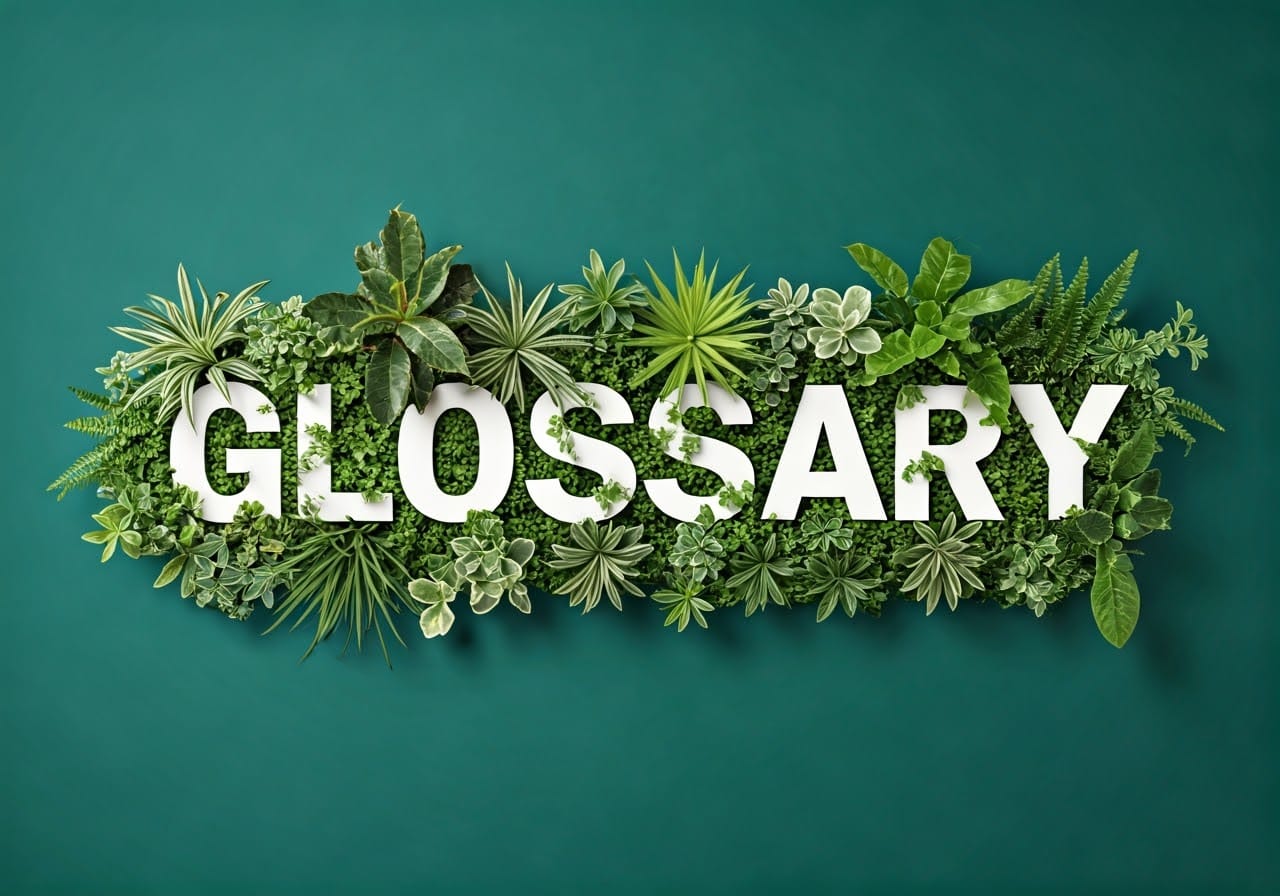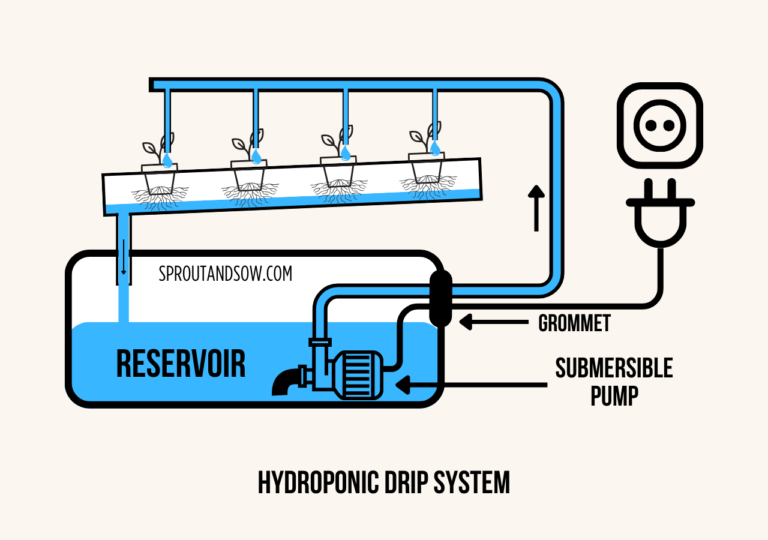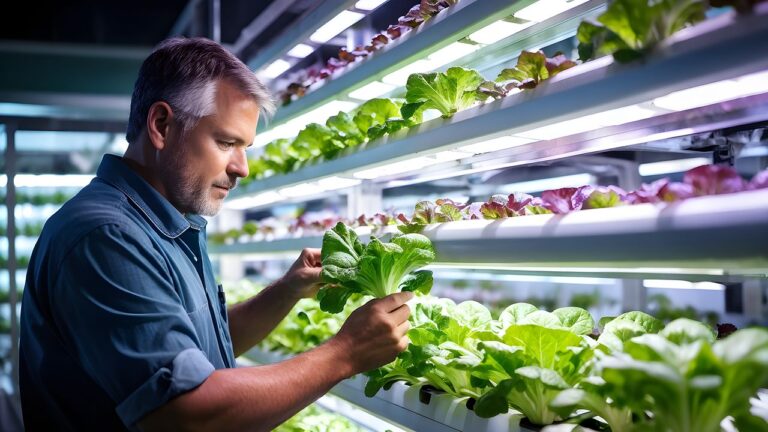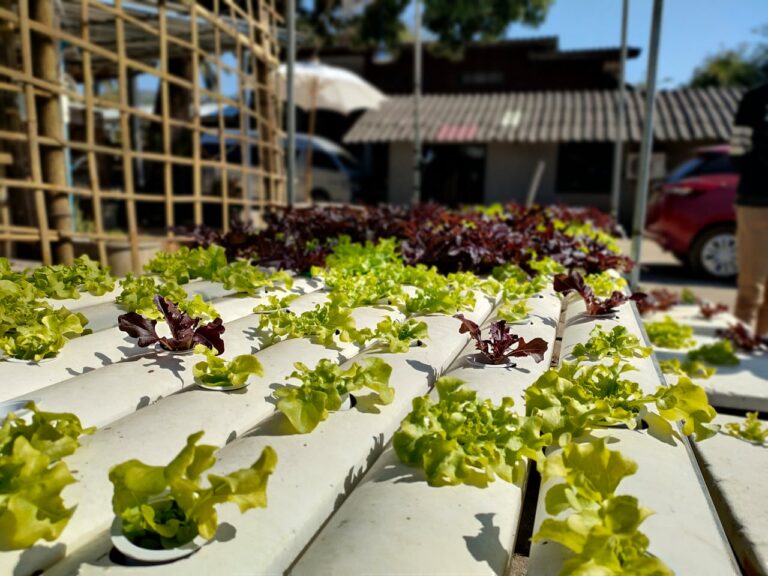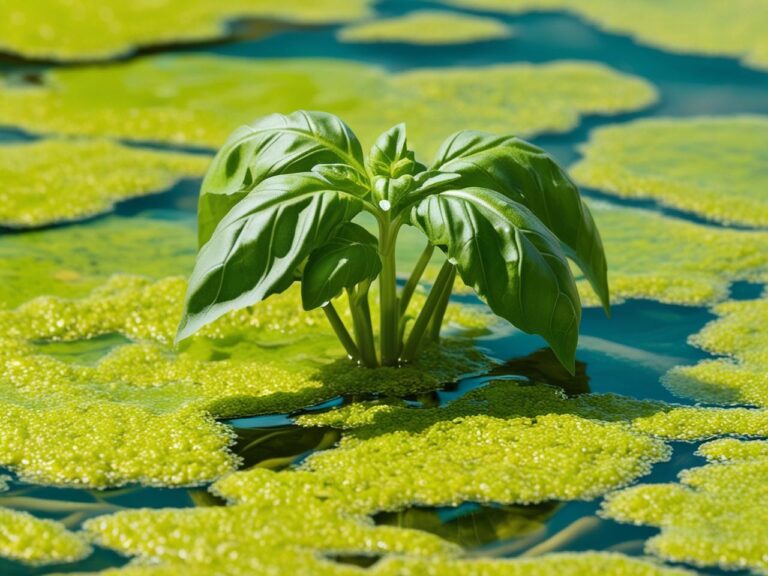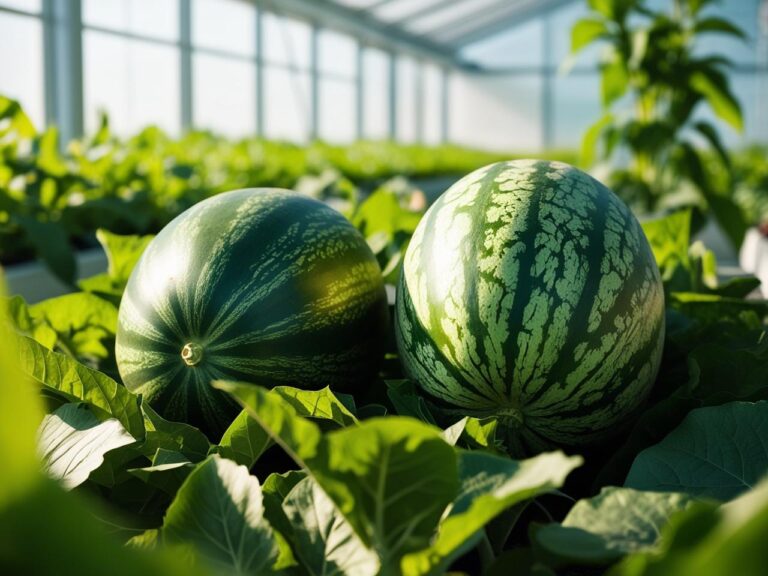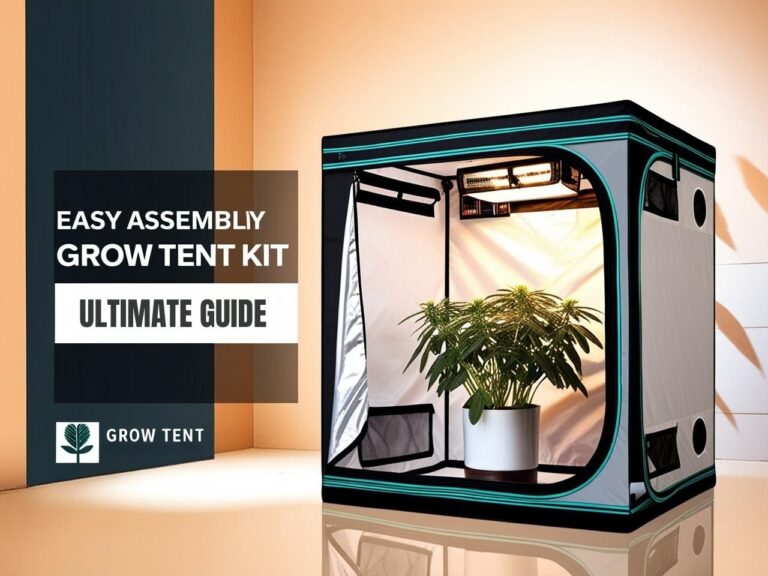Hydroponics Glossary: Key Terms Every Beginner Should Know
Jumping into hydroponics can feel overwhelming, especially with all the unique terms that come with it. Understanding these words isn’t just about sounding like a pro—it actually helps you grow like a pro! This glossary covers key terms that every beginner should know to set up and manage their hydroponic garden with confidence. Let’s dive into the essentials so you can focus on what you love—growing fresh, healthy plants!
Glossary of Key Terms
Nutrient Solution
A nutrient solution is a mix of water and essential minerals that plants need to grow, taking the place of soil nutrients in hydroponics. In hydroponic systems, plants get all their nutrients directly from this solution, so it’s vital to get the right balance for each plant type. Nutrient solutions typically contain elements like nitrogen, phosphorus, potassium, calcium, magnesium, and micronutrients, all of which are necessary for healthy growth.
pH Level
In hydroponics, pH measures how acidic or alkaline the nutrient solution is. pH levels affect nutrient absorption, meaning if the pH is off, plants might struggle to take up vital nutrients. The ideal pH range for most hydroponic plants is between 5.5 and 6.5. Maintaining pH within this range ensures that nutrients remain available to plants, promoting growth and reducing potential problems.
Learn more: Understanding Hydroponic pH Levels and How to Manage Them
pH Adjusters
To maintain the ideal pH range, growers use pH adjusters, which are products designed to raise or lower the pH of your nutrient solution. Common pH adjusters include products like pH Up (for increasing pH) and pH Down (for decreasing pH). Regular monitoring and adjusting are key to keeping your pH balanced for optimal nutrient absorption.
EC (Electrical Conductivity)
Electrical Conductivity (EC) is a measure of the nutrient concentration in your solution, essentially indicating how “rich” it is in minerals. Higher EC levels mean more nutrients, but overfeeding can harm plants. Each type of plant has its own ideal EC range, so understanding EC helps you customize nutrient levels and avoid underfeeding or overfeeding issues.
Grow Medium
While hydroponic plants don’t grow in soil, they do need a structure to anchor their roots. That’s where grow mediums come in. Popular grow mediums include coco coir, perlite, vermiculite, and clay pebbles, each offering different water retention and aeration properties. Your choice of grow medium can impact plant health, as it affects water availability, aeration, and stability within the system.
Hydroponic System Types
There are several types of hydroponic systems, each with unique features. The main systems include:
- NFT (Nutrient Film Technique): Nutrients flow over plant roots in a thin film, giving them direct access to water, nutrients, and oxygen.
- DWC (Deep Water Culture): Plant roots are suspended in nutrient-rich water, with oxygen provided by an air pump.
- Kratky Method: The Kratky method is a passive hydroponic technique where plants grow in a nutrient-rich solution without the need for pumps, relying instead on the water level gradually dropping to expose roots to oxygen as they grow.
- Drip Systems: Nutrients are dripped slowly into the grow medium, feeding plants over time. Each system has pros and cons, and your choice should be based on your plant type, space, and maintenance goals.
Lighting (PPFD, PAR)
In hydroponics, lighting is critical since you often grow indoors or without natural sunlight. PPFD (Photosynthetic Photon Flux Density) measures how much light reaches your plants, while PAR (Photosynthetically Active Radiation) indicates the light spectrum that plants use for growth. Adequate lighting ensures that plants can photosynthesize effectively, impacting their overall growth and yield.
Root Zone
The root zone is where all the root action happens! In hydroponics, this is the area surrounding the roots that contains the nutrient solution or grow medium. Maintaining proper aeration and moisture in this zone helps promote root health, oxygen exchange, and nutrient uptake. Keeping the root zone clean and free from contaminants is essential to prevent root rot and other issues.
Aeration
Aeration is the process of supplying oxygen to the root zone, typically through air stones or pumps. Since roots need oxygen to thrive, aeration is essential, especially in systems like Deep Water Culture where roots are constantly submerged in water. Proper aeration reduces the risk of root diseases and promotes healthy growth.
Venturi Pump
A Venturi pump combines air and water through a narrowing tube, creating a vacuum effect that pulls in air and disperses it as fine bubbles, effectively aerating water in hydroponic systems.
Pest Control
Though hydroponic systems minimize soil pests, they’re not pest-proof! Common hydroponic pests include aphids, spider mites, and whiteflies. Many hydroponic gardeners rely on natural pest control methods, such as beneficial insects or organic sprays, to keep pests in check without harming their plants or the environment.
How to Use This Glossary
Bookmark this glossary as a quick reference while setting up and maintaining your hydroponic garden. When new terms pop up, or if you’re troubleshooting issues, refer back here to brush up on the essentials and gain confidence in managing your system.
Conclusion
Getting familiar with hydroponic terms is one of the first steps toward successful gardening without soil. As you learn each term, you’ll find it easier to manage your system, troubleshoot problems, and get the best results from your plants. Remember, hydroponics is all about precision—knowing these key terms will help you maintain a balanced, healthy environment for your plants to thrive. Dive in, experiment, and let this glossary be your go-to resource as you grow! Happy Gardening!

